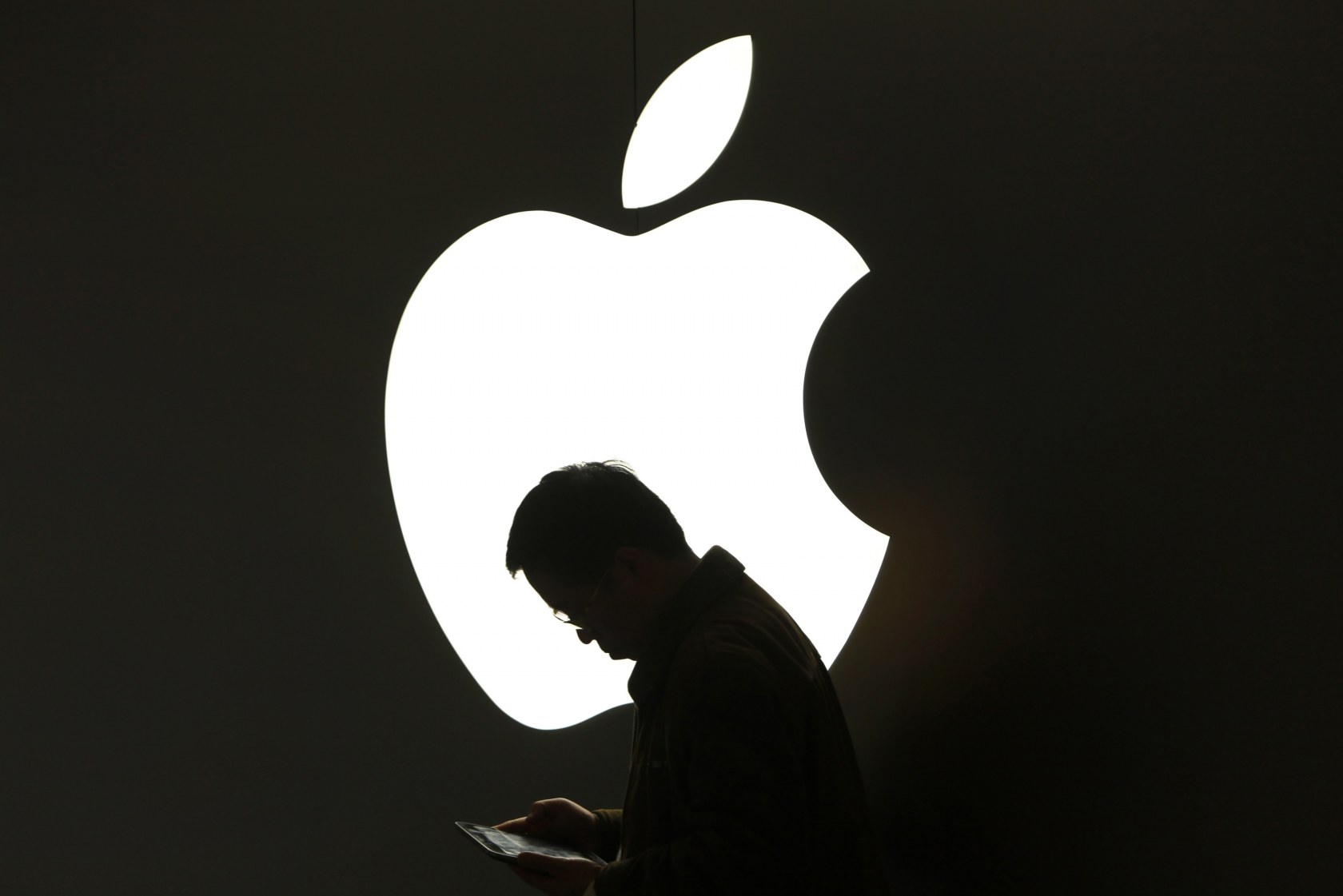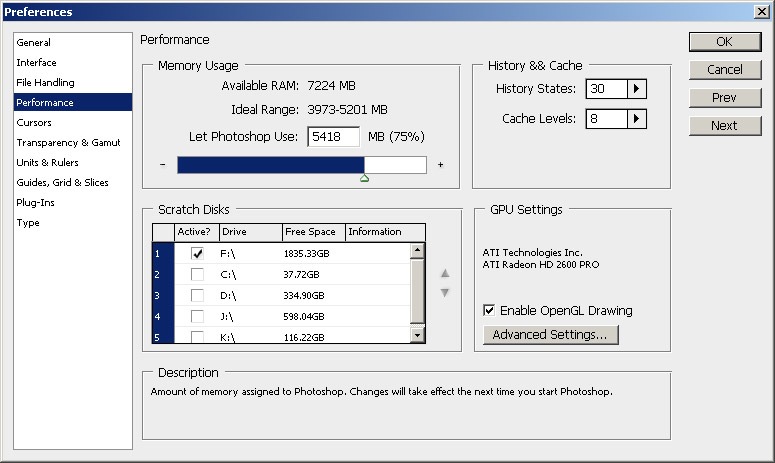

- Macbook system storage 90gb how to#
- Macbook system storage 90gb trial#
- Macbook system storage 90gb professional#
- Macbook system storage 90gb free#
- Macbook system storage 90gb mac#
But Macs can actually have multiple trash cans, so you may need to empty several.
Macbook system storage 90gb free#
To completely remove these files and free up the space they require, you’ll have to empty your Trash. Rather than permanently deleting files from within the Finder, they are sent to your Trash so you can restore them later if you change your mind.
Macbook system storage 90gb mac#
The Trash on a Mac is equivalent to the Recycle Bin on Windows. There are a lot of other choices on the App Store and elsewhere, but we’ve used this one and had good results.
Macbook system storage 90gb trial#
You can buy it on the App Store if you want - Apple had this one as their Editors’ Choice, but you’re probably better off getting it from their website, because they have a free trial available there. Luckily there are great apps like Gemini 2 that can be used to find and remove duplicate files with a really slick and easy interface. One of the trickiest things that can take up lots of drive space are duplicate files littering up your computer-this is especially true if you’ve been using the computer for a long time. Note: before running any cleaning tool, you should make sure that all of your important data is backed up, just in case. They have a single button to clean up everything, but we’d recommend going into the details to make sure. Luckily it’s the same vendor that makes Gemini 2 and you can get them both as a bundle.Īnd of course, there’s a free trial that shows where your free space has gone and lets you clean up some of it for free. It basically has all the features of the cleaning applications we talk about in this article, but in a single app-with the exception of finding duplicate files, which you’ll still want to use Gemini 2 for.

If you don’t feel like spending a bunch of time to find and clean things up manually, you can use CleanMyMac 3 to get rid of temporary files, clean up extra language files, uninstall applications, get rid of extra files left behind by application uninstallations, find and get rid of big attachments stored in Mail, and a whole lot more. If you fail to keep your Mac’s hard drive clean, you’re eventually going to get the dreaded “Your disk is almost full” error, so you may as well start now and clear up some space. Most of the wasted space on your Mac is only going to be reclaimed if you look at lot deeper-cleaning out language files, removing duplicate files, deleting attachments, clearing temporary files, or emptying all of the Trash cans. You can obviously free up disk space by simply doing a cursory find-and-delete for big files and other things that you’ve downloaded, but realistically that’s only going to get you so far.
Macbook system storage 90gb how to#
Here’s how to clean up your Mac and reclaim some drive space. Luckily there are quick and easy ways to free up space on your hard drive. Moreover, it can free up more space by uninstalling apps, cleaning large files, and deleting photos that take up a large amount of space on iOS device.Even these days, MacBooks still have tiny hard drives that fill up quickly. It can scan iPhone and delete those junk system files, including caches, invalid system files, temporary files, and crashed log files quickly.
Macbook system storage 90gb professional#
Like cleaning computer system files, you will need a professional iPhone system cleaner tool, because you cannot distinguish between junk system files and necessary system operation files.Īiseesoft iPhone Cleaner is such a system junk eraser tool for iPhone. How to Clear iPhone System Files (3 Ways) Clear iPhone System and Other Storage Files Without Restoring To clear iPhone system data, you shall move to the next part. IPhone system files are often invisible to the users, and you cannot access or open them directly like viewing a photo or video. Then you can see the total iPhone storage and used storage taken by System, Photos, Apps, Media, and Other. To check your iPhone system storage, you should tap Settings, then select General, and tap iPhone Storage.

Generally speaking, iPhone System storage contains 2 types:

This can vary based on your device and model. System is the space taken by the operating system on iPhone.


 0 kommentar(er)
0 kommentar(er)
